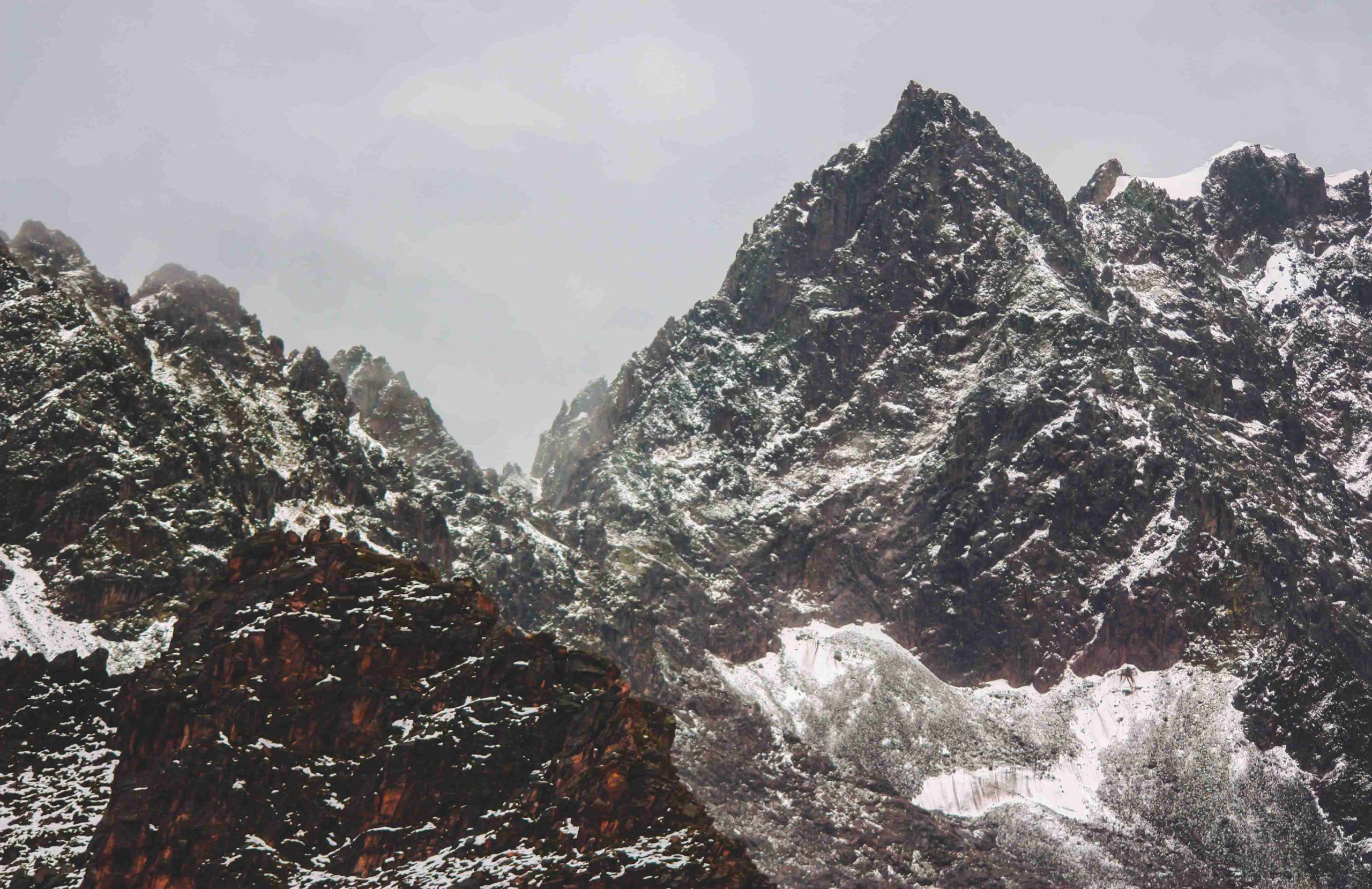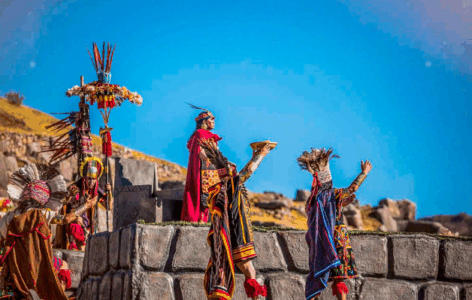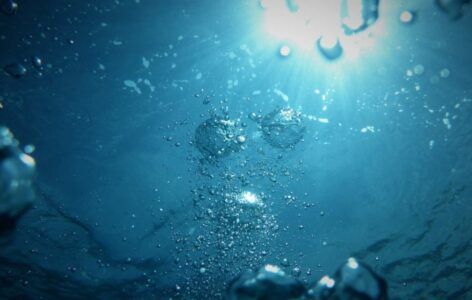High in the Peruvian Andes, there are places where the earth herself offers her warm embrace with these Medicinal Waters. The hot springs of Machacancha and Lares, both located in the Cusco region, have been cherished for centuries not only as physical remedies but as sacred spaces of renewal. In Andean cosmology, these waters are the flowing body of Mama Unu—the Water Mother—whose presence nourishes the land, cleanses the body, and purifies the soul.
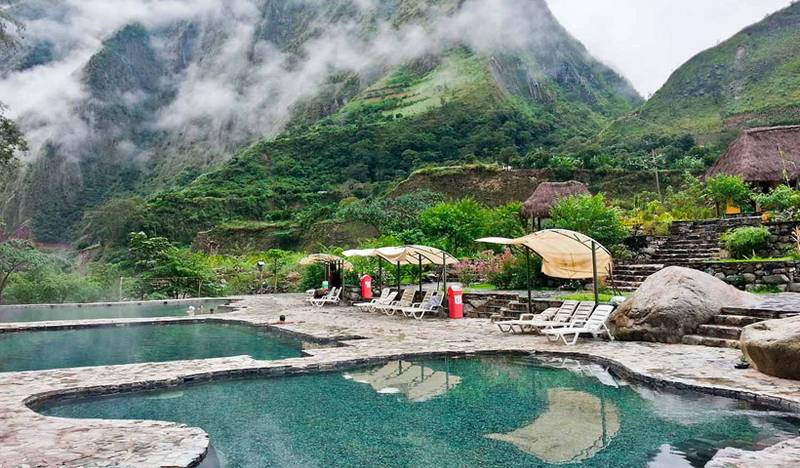
Historical and Cultural Context of Medicinal Waters
The use of thermal springs in the Andes predates the Inca Empire. Archaeological evidence suggests that pre-Inca cultures recognized the healing qualities of these waters and incorporated them into both medicinal and ceremonial practices. Chroniclers such as Garcilaso de la Vega noted that water sources were often huacas—sacred places—where offerings were made before drinking or bathing (de la Vega, 1609).

In the Andean worldview, hot springs are not merely geological phenomena; they are living beings. The warmth is considered a sign of the earth’s kawsay (vital energy) moving through mineral-rich veins. Bathing in such waters is therefore an act of reciprocity (ayni), accepting the gift of healing while offering gratitude in return.
Medicinal Waters of Machacancha
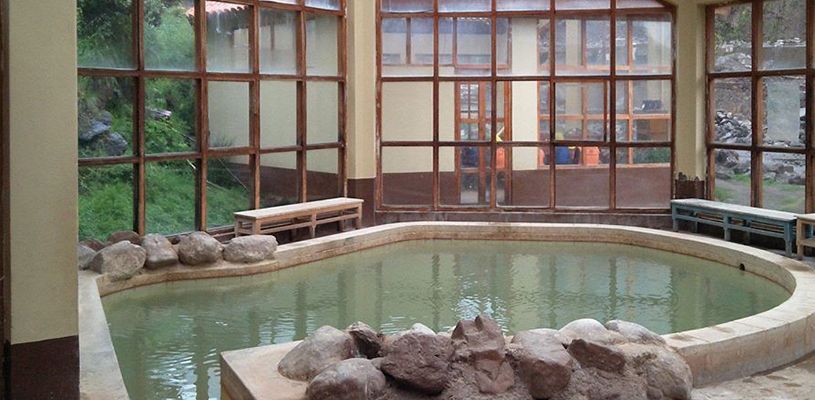
Machacancha’s pools, near Calca in the Sacred Valley, naturally contain sulphur, calcium, and magnesium, and these minerals alleviate joint pain, skin conditions, and respiratory ailments. Paqos (Andean healers) sometimes bring patients here for combined treatments: physical bathing followed by an energetic cleansing with flowers and coca leaves.
Here, guides encourage visitors to enter the water in silence and focus on their breath to release hucha (dense energy) into the earth, which then transforms it into sami (light, refined energy).
Lares: Gateway to the High Andes Medicinal Waters
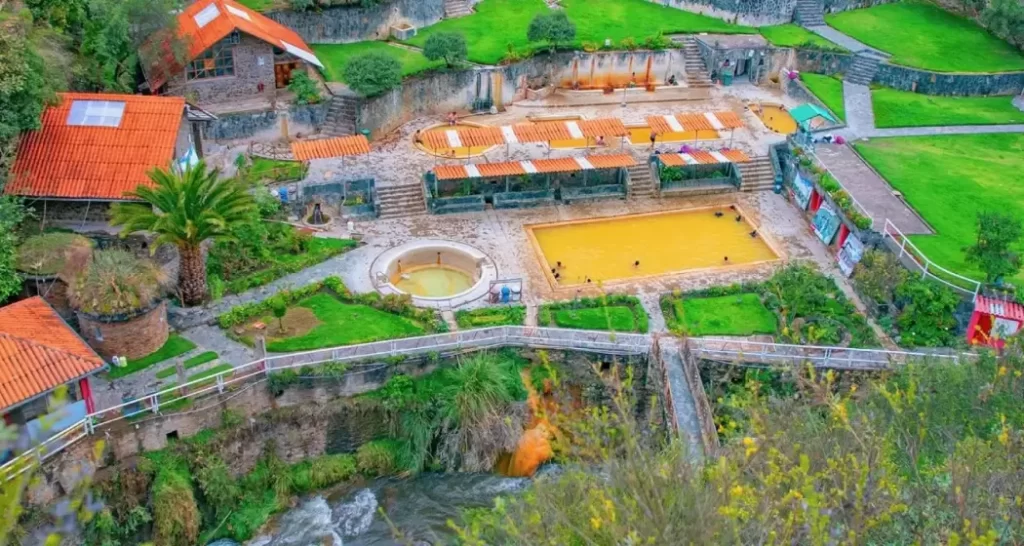
Traditionally, a visit to Lares was not only for relief from ailments, but also a rite of passage for travelers and herders returning from the puna (high plains). The bath served as a symbolic washing away of hardships before re-entering the community.
Medicinal and Spiritual Benefits
From a modern perspective, the minerals in these waters improve circulation, ease muscle tension, and support detoxification. But within Andean medicine, the benefits go deeper:
Physical: Relieves rheumatism, arthritis, and skin irritation.
Energetic: Cleanses stagnant or heavy energy accumulated through conflict, grief, or illness.
Spiritual: Reconnects the bather with Mama Unu, restoring harmony between body, mind, and nature.
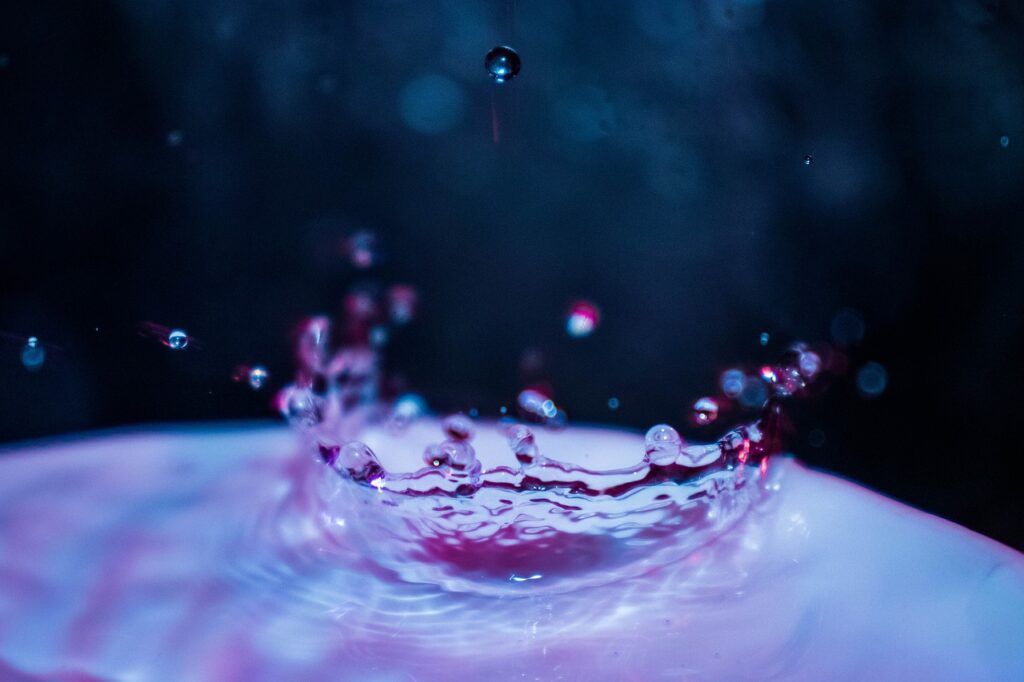
As anthropologist Catherine Allen writes, “In the Andes, healing is always relational—between people, landscape, and the unseen world” (Allen, 2002, p. 58).
Modern Application
For those living far from Peru, the essence of this healing practice can be adapted. Seek out natural hot springs or thermal baths in your region. Approach the water with intentionality:
Offer gratitude—whisper a prayer or place flowers nearby.
Release hucha—as you soak, imagine heavy energy leaving your body and entering the water.
Receive sami—visualize the warmth filling you with light, vitality, and peace.
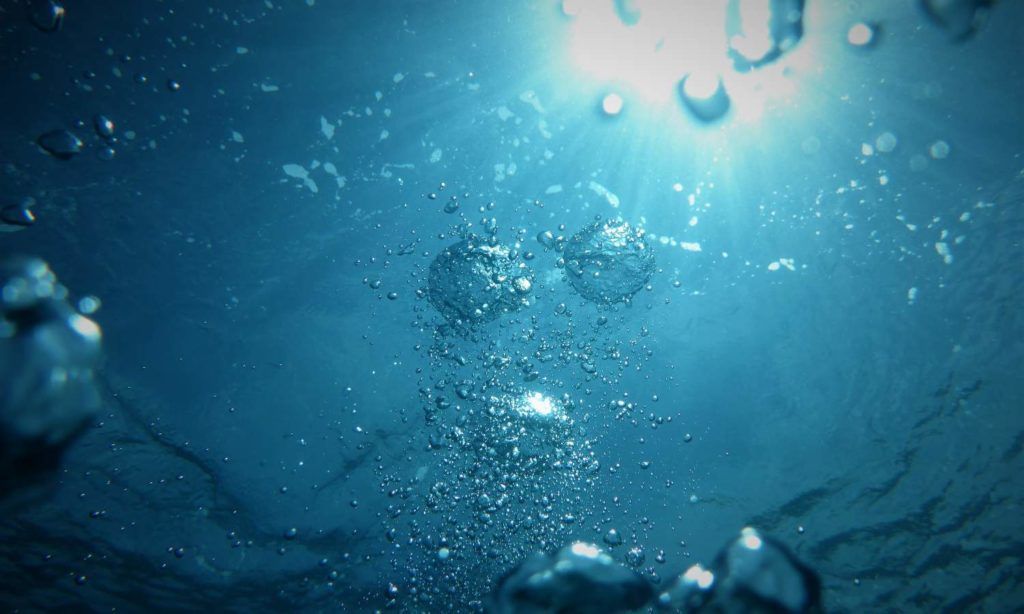
Even a simple hot bath at home, prepared with mineral salts and aromatic herbs, can become a sacred ritual when approached with the Andean principle of ayni.
The springs of Machacancha and Lares remind us that water is more than a physical necessity—it is a medicine of the earth, carrying the memory of mountains, clouds, and time itself. In Andean medicine, to enter these waters is to step into the embrace of Mama Unu, who restores not only the body but the spirit.
Bibliography
- Allen, C. J. (2002). The Hold Life Has: Coca and Cultural Identity in an Andean Community. Smithsonian Institution Press.
- de la Vega, G. (1609). Comentarios Reales de los Incas. Lisbon.
- Gelles, P. H. (2000). Water and Power in Highland Peru: The Cultural Politics of Irrigation and Development. Rutgers University Press.

